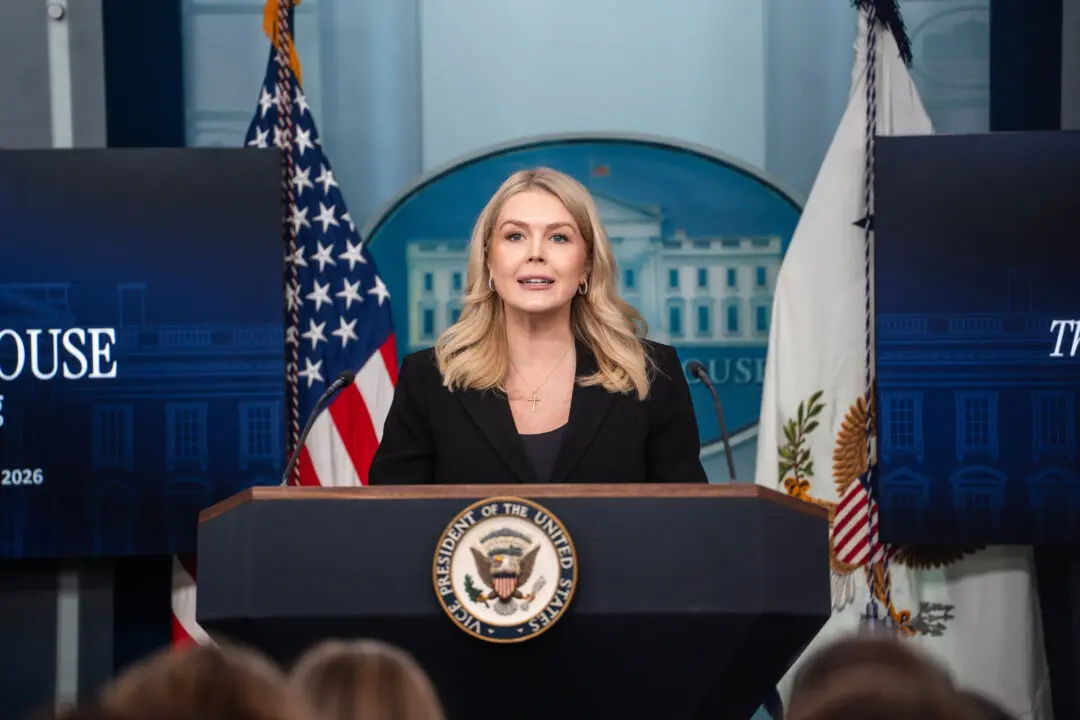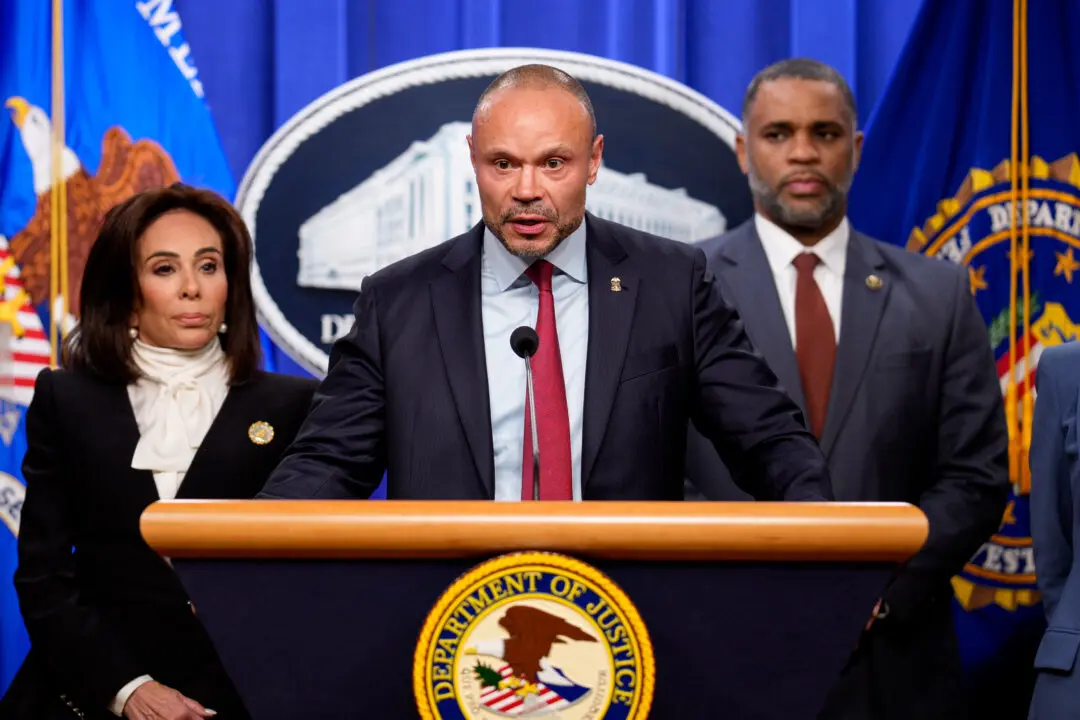NATO will consider a longer-term military presence in Eastern European countries amid heightened tensions between Russia and Ukraine, said Secretary General Jens Stoltenberg, as the alliance’s forces conducted military exercises in the region on Feb. 8.
“We are considering more longer-term adjustments to our posture, our presence in the eastern part of the alliance. No final decision has been made on that, but there is a process now going on within NATO,” he told reporters in Brussels this week.





